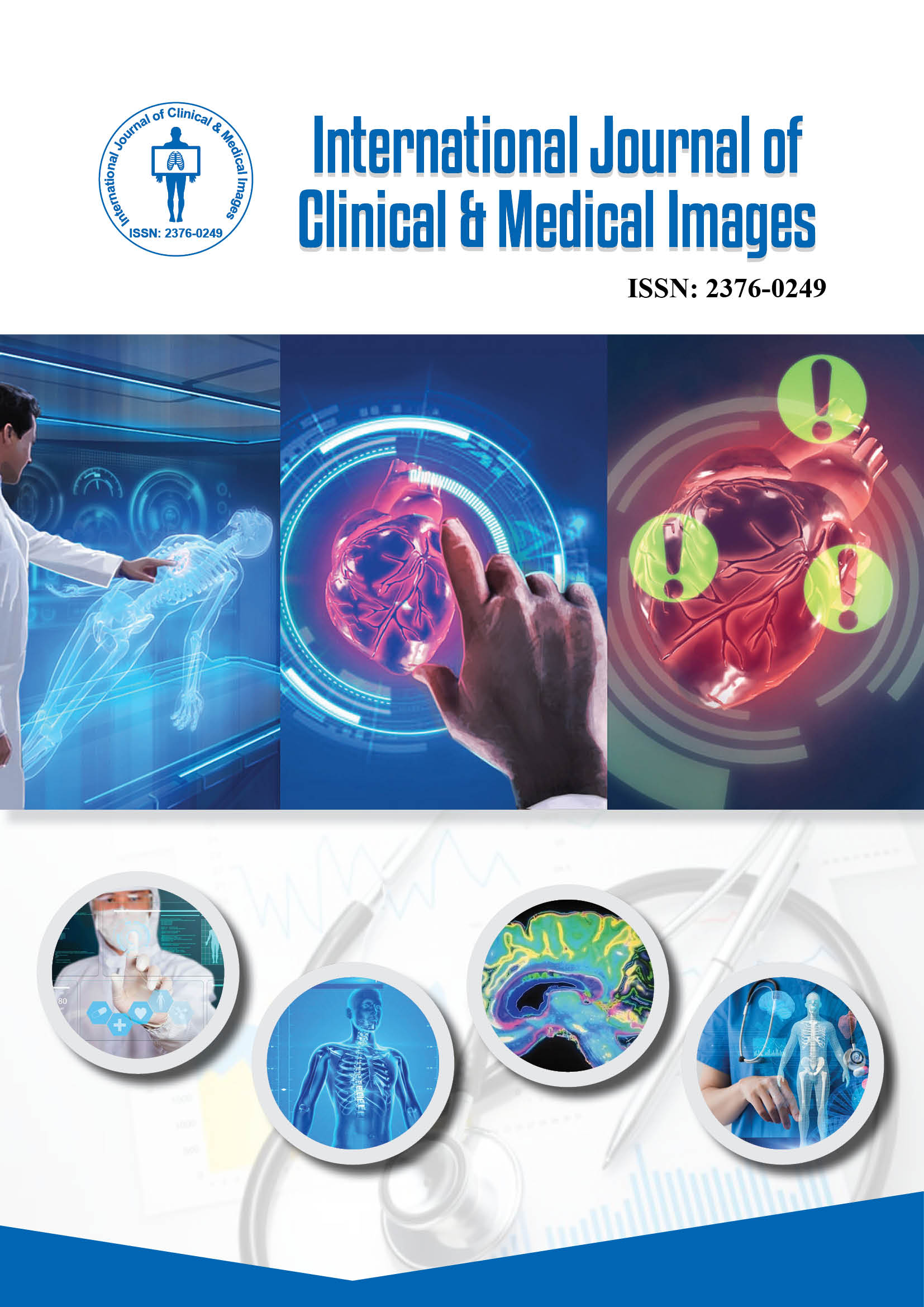2376-0249
Editorial - International Journal of Clinical & Medical Images (2025) Volume 12, Issue 6
Author(s): Oliveira Simone
Artificial Intelligence in Diagnostic Imaging: Clinical Applications explores how AI is transforming the way clinicians interpret medical images and make diagnostic decisions. By leveraging machine learning algorithms, deep learning networks and pattern recognition techniques, AI can analyze vast amounts of imaging data with remarkable speed and accuracy. From detecting subtle anomalies in radiographs to quantifying tumor progression on CT and MRI scans, AI enhances the diagnostic process, supporting clinicians in delivering faster and more precise patient care.
AI integration in imaging spans multiple clinical applications. In radiology, algorithms can automatically detect lung nodules, fractures, or intracranial hemorrhages, acting as a second reader to reduce human error. In cardiology, AI-assisted echocardiography and CT angiography help quantify cardiac function and assess coronary artery disease. Oncology benefits from AI in identifying tumor boundaries, monitoring treatment response and predicting outcomes based on imaging biomarkers. These applications not only improve diagnostic accuracy but also optimize workflow efficiency in busy clinical settings [1].
Beyond detection, AI facilitates predictive and personalized medicine by combining imaging data with electronic health records, genetic information and laboratory results. Machine learning models can predict disease progression, stratify risk and suggest individualized treatment plans. In addition, AI-driven image reconstruction and enhancement techniques reduce scan times, lower radiation exposure and improve image quality, making advanced imaging safer and more accessible to patients across age groups and clinical conditions.
The future of AI in diagnostic imaging promises even greater collaboration between technology and human expertise. While algorithms provide rapid analysis and highlight areas of concern, clinical judgment remains essential to interpret findings in the context of patient history and symptoms. Artificial Intelligence in Diagnostic Imaging: Clinical Applications demonstrates how AI is reshaping medical imagingâ??from enhancing accuracy and efficiency to enabling proactive, data-driven patient careâ??marking a new era in modern diagnostics [2].
None.
None.
Google Scholar Cross Ref Indexed at
 Awards Nomination
Awards Nomination

